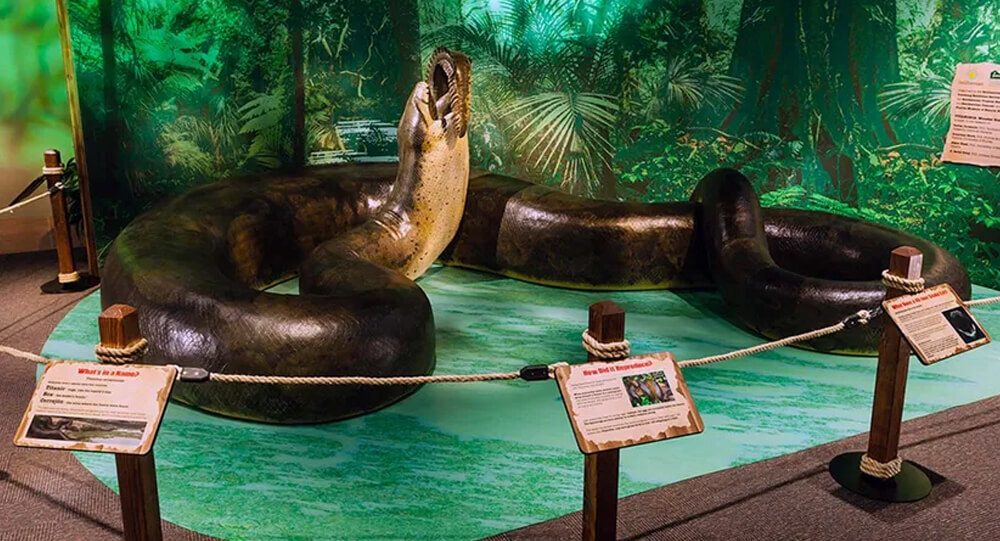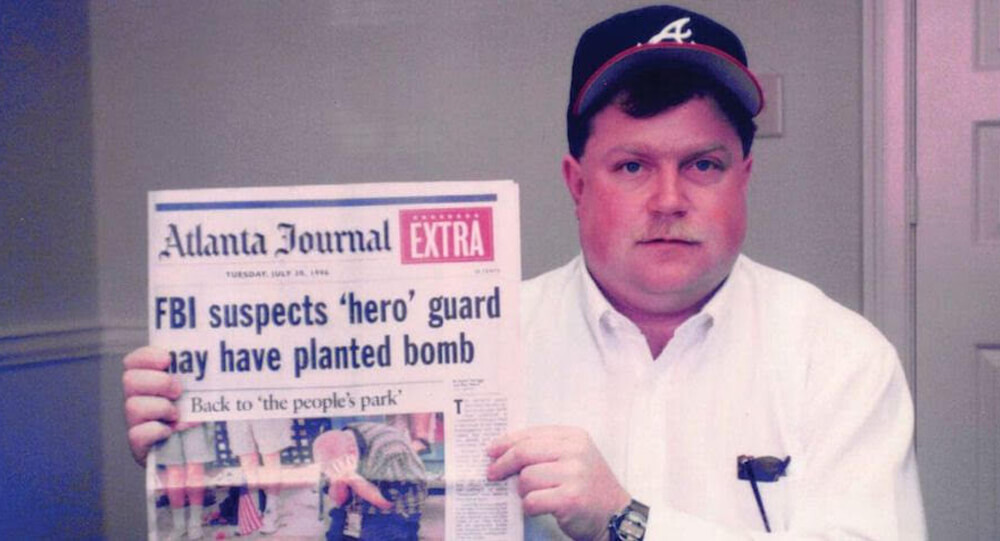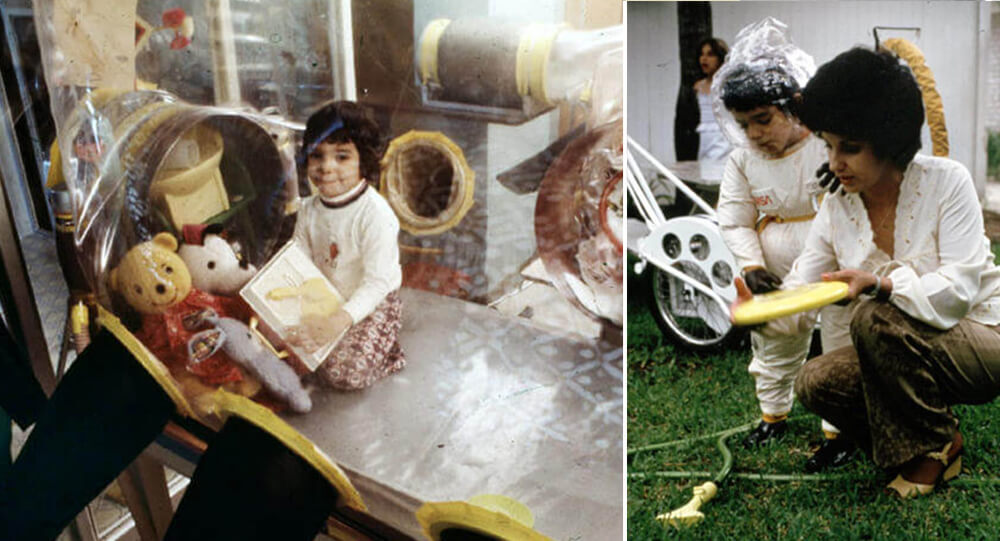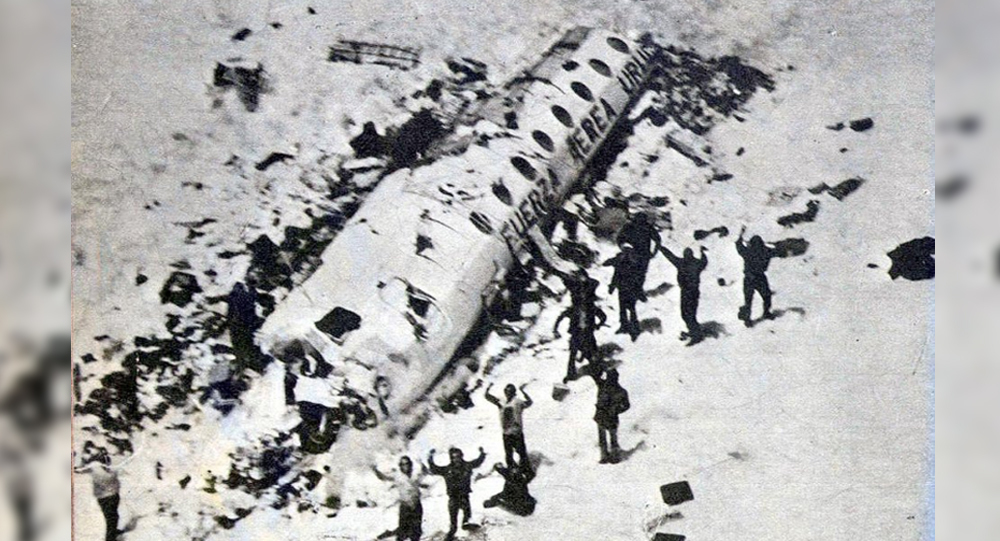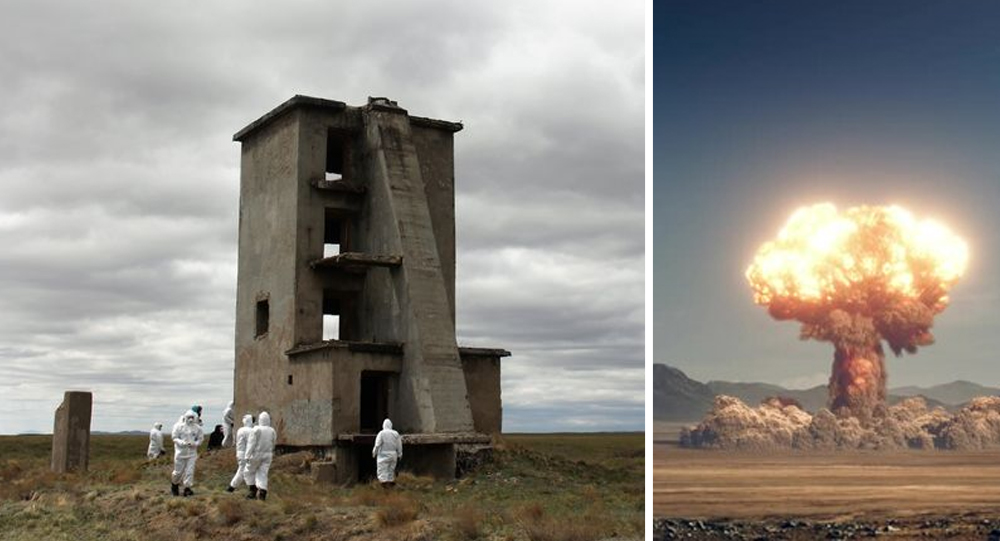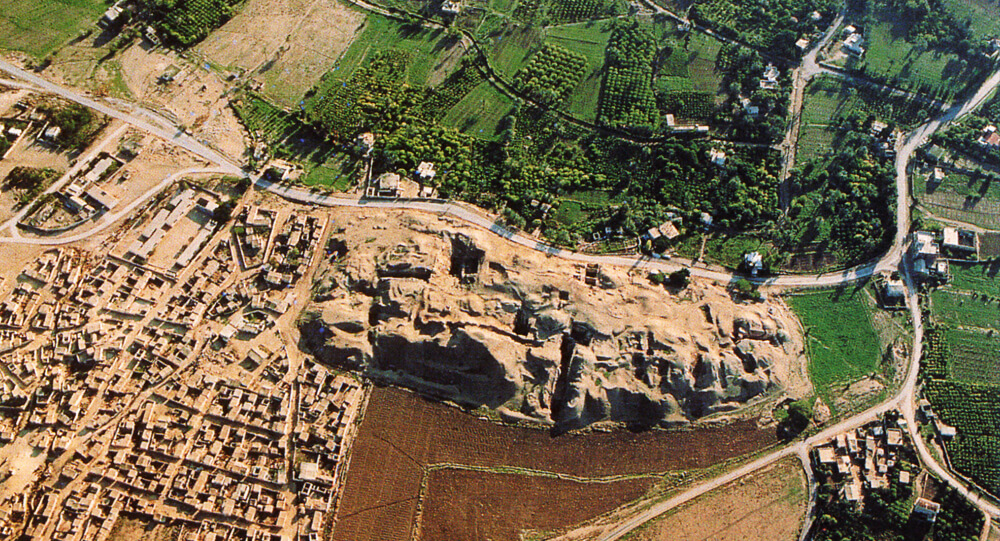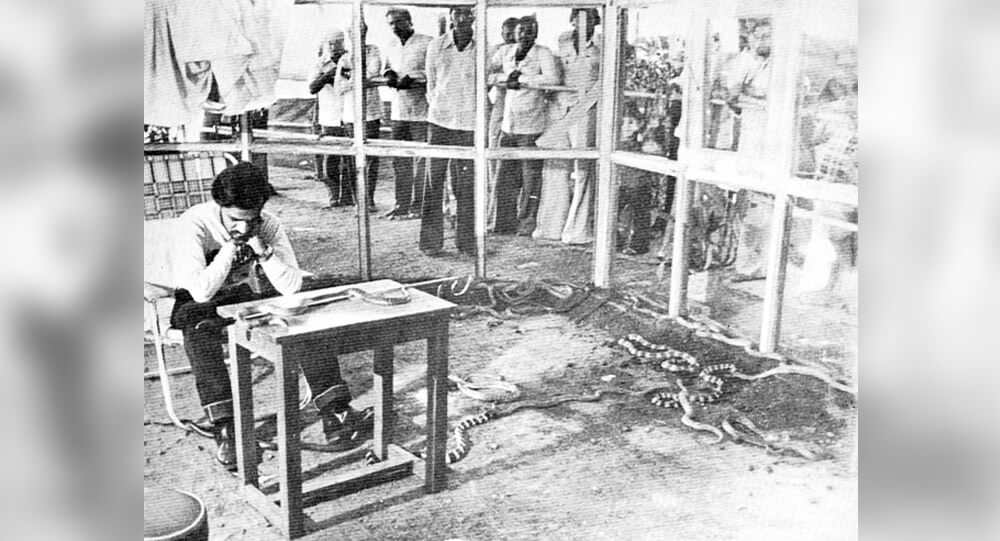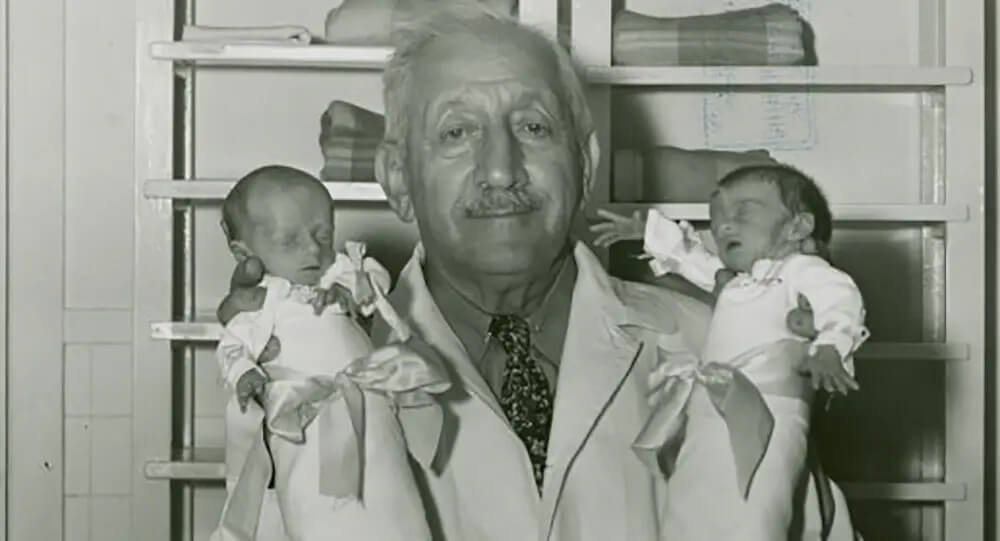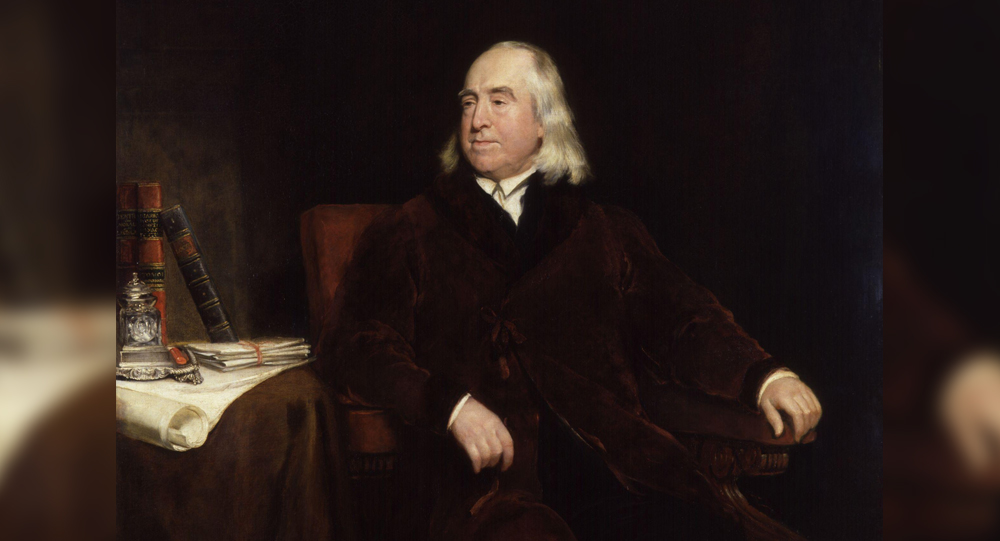
Sleep deprivation has been used across centuries as an interrogation tool and method of coercion. Unlike physical torture that bears visible marks, sleep deprivation attacks the mind covertly—slowly eroding a victim’s mental state and resilience until control can be exerted.
During the infamous witch hunts of 16th-century Europe, accused witches were deprived of sleep for days to force confessions, as hallucinations and disorientation led victims to believe they were truly guilty. Similarly, during World War II, prisoners of war were subjected to cruel schedules designed to prevent sleep. Japanese camps, for instance, combined sleep deprivation with beatings and starvation to break prisoners’ wills.
More recently, during the Troubles in Northern Ireland in the 1970s, the British Army employed sleep deprivation as one of the “five techniques” of interrogation on suspected Irish Republican Army members. These techniques were later condemned by courts as torture.
Sleep deprivation’s effectiveness lies in its invisibility—a method that inflicts profound psychological harm without physical evidence.
How Sleep Deprivation Affects the Human Brain
The effects of sleep deprivation go beyond mere fatigue. The brain requires regular rest to consolidate memories, regulate emotions, and maintain cognitive functions. Denying sleep disrupts these processes, resulting in a progressive mental decline.
After 24 hours without sleep, concentration wanes, decision-making weakens, and irritability grows. Beyond 48–72 hours, victims begin to experience hallucinations, paranoia, and distorted perceptions of reality. These phenomena arise from impaired neural communication and biochemical imbalances.
Research shows sleep deprivation causes elevated cortisol (stress hormone), decreased glucose metabolism in brain areas like the prefrontal cortex and thalamus, and dysregulation of neurotransmitters like dopamine and serotonin, further impairing cognition and mood.
Victims often describe hearing voices, seeing shadows, or losing track of time—symptoms tantamount to psychosis or sensory deprivation hallucinations.
Sleep Deprivation in the Dark Side of Interrogation
Sleep deprivation has been incorporated into “enhanced interrogation” programs and abusive detention regimes worldwide, often combined with sensory overload, stress positions, and isolation. These tactics aim to disorient and break detainees without physical violence visible on the body.
Techniques include forced waking through loud noise or light, interruption of sleep cycles, and use of physical discomfort to prevent falling asleep. Such prolonged deprivation can lead to severe psychological trauma, sometimes irreversible.
International human rights law, including the United Nations Convention against Torture, recognizes sleep deprivation as a form of cruel and inhuman treatment. Despite this, its use persists covertly, raising ethical, legal, and moral questions.
Personal Testimonies Reveal the Horror
Survivors subjected to sleep deprivation report horrifying mental states. John Schlapobersky, a psychotherapist tortured in 1960s South Africa, described the onset of hallucinations within two nights and reported “dreaming while awake” after three days without sleep. Others have narrated feelings of time dilation, depersonalization, and creepy sensations of phantom voices or unseen presences.
Women detained during apartheid described constant fears of imaginary attackers entering their cells, induced by sensory deprivation and exhaustion, underscoring the torment and psychological devastation sleep deprivation inflicts.
Such testimonies reveal how the absence of physical harm does not equate to absence of torture’s brutality.
Legal and Ethical Perspectives on Sleep Deprivation
Sleep deprivation’s ambiguous invisibility complicates legal categorizations of torture. Some argue it as physical abuse, others as psychological, but growing scientific consensus points to its deeply damaging effects as torture.
Key rulings, including by the European Court of Human Rights, clarified that sleep deprivation violates human dignity and amounts to torture when applied systematically or severely. Yet enforcement remains challenging as states sometimes deny or obscure such practices.
Ethicists debate the cruel paradox whereby sleep deprivation exploits a fundamental human need—sleep—raising profound questions about human rights and state power.
Fascinating Trivia About Sleep Deprivation as Torture
- Sleep deprivation has been used as a torture method since medieval witch trials.
- The “five techniques” used by British forces included sleep deprivation and were banned following international outcry.
- Sensory deprivation often accompanies sleep loss to magnify psychological harm.
- Cognitive impairments from 48 hours of sleep deprivation can mimic being legally drunk.
- The CIA’s SERE program trained U.S. soldiers in resistance to sleep deprivation used by enemy forces.
- Some animals, like dolphins, can rest only one hemisphere of their brain at a time; humans need full sleep.
- Sleep deprivation is also studied as an effective antidepressant treatment but at controlled doses.
- People deprived of sleep for over 11 days have died or suffered severe psychoses in historical medical cases.
Modern Reflections and the Path Forward
Today, the scars of sleep deprivation torture demand acknowledgment and justice. As governments and organizations confront past abuses, understanding the neuroscience behind sleep deprivation helps contextualize victim experiences and advocate for humane treatment worldwide.
Public awareness campaigns and legal actions strive to end such practices definitively. Meanwhile, scientific research continues to reveal sleep’s indispensable role in mental health, underscoring why its denial can be weaponized.
Final Thoughts: The Invisible Price of No Sleep
Sleep deprivation as torture is an invisible wound inflicted through absence rather than attack—a psychological unraveling that silently destroys. Recognizing this form of torture deepens our understanding of human resilience and the vulnerabilities that define our biological needs.
Its legacy challenges us to uphold the rights to dignity, health, and rest that should never be weaponized. Sharing this article helps educate on how the brain’s desperate cries for sleep can become grave instruments of suffering.
Sources & Further Reading:
- Optalert: Sleep Deprivation as a Form of Torture (2017)
- Yale Connect: Morals and Psychology of Sleep Deprivation (2019)
- PubMed: Understanding Sleep Deprivation as Torture (2018)
- United Nations: Convention Against Torture Documents
- Psychology Today: Why Sleep Deprivation is Torture (2014)

Titanoboa cerrejonensis, fossils of the world’s largest species of snake
In 2009 in a coal mine of Columbia, scientists discovered fossils of the world’s largest species of snake. The species is called “Titanoboa cerrejonensis,“and it is from around 60 million years ago. It would have had measured about 48 feet long and weighed about 2,500 pounds

Quaker Oats Fed Children with Radioactive Oatmeal
In the 1940s and 1950s, Quaker Oats and MIT conducted experiments on radioactive iron and calcium-containing cereal. The diet was part of a study to see if the nutrients in Quaker oatmeal traveled throughout the body. In January 1998, a $1.85 million settlement was reached for 30 victims who came forward.

During the 1996 Olympic bombing, Richard Jewell falsely accused of committing the crime after saving dozens of people
Richard Jewell, an American security guard, discovered a bomb during the 1996 Olympic Games in Atlanta and assisted in the evacuation, but was later wrongfully accused and faced public scrutiny. He was cleared, but it had a lasting impact on him until his death in 2007 at the age of 44.

The Day an Israeli F-15 Landed with One Wing: Zivi Nedivi’s Unbelievable Mid-Air Survival
Discover the astonishing true story of Israeli pilot Zivi Nedivi, who safely landed an F-15 after a mid-air collision tore off its entire right wing. Learn how skill, quick thinking, and the F-15’s unique design turned a disaster into a legendary feat in aviation history

The touching story of David Vetter (bubble boy), the 'boy who lived in a bubble
David Vetter lived his whole 12 years in sterile “bubble”. He was “outside” for 20 second after being removed from his mother’s womb. He never touched any human.

The World’s First Seismograph: How Ancient China Detected Earthquakes 1,800 Years Ago
Over 1,800 years ago, long before modern technology, the ancient Chinese astronomer and inventor Zhang Heng created the world’s first seismograph in 132 AD. This ingenious bronze device could detect distant earthquakes by releasing small balls from dragons’ mouths into toads’ mouths—each indicating a different compass direction. Its historic detection of an earthquake 400 miles away astonished the imperial court and transformed the way societies understood and responded to seismic events.

3 men lived on top of a billboard in tents for almost 9 months
From 1982-1983, three men in Allentown PA competed in a radio contest in which they lived on top of a billboard in tents. Whoever stayed up longest would win a house. Due to economic pressure from the recession, none of the contestants wanted to give up, so the contest lasted almost 9 months.

1972 Andes Plane Crash Survivor recall the terrifying Struggles to Stay Alive
On October 13, 1972, a plane carrying a rugby team from Uruguay crashed in the Andes between Chile and Argentina. The survivors were in brutal conditions - high altitude, bitter cold, and the lack of food—and faced the most terrible choice—eating the frozen flesh of their dead friends or starving to death themselves.

The Forgotten Story of Semipalatinsk and the Soviet Nuclear Experiments
Between 1949 and 1989, the Semipalatinsk Test Site in Kazakhstan became the primary location for Soviet nuclear weapons tests, exposing millions of unsuspecting villagers to radioactive fallout. Known as the “Polygon of Suffering,” this remote desert witnessed 456 nuclear detonations that caused widespread health crises, birth defects, and generational genetic damage. This article narrates the chilling legacy of Semipalatinsk, unveiling the human cost of Cold War arms development and the ongoing struggle for healing and recognition in Kazakhstan.

How Greek prime minister in 1830’s tried to spread the potato in Greece
A Greek prime minister in 1830’s tried to spread the potato in Greece but people weren’t interested so he put armed guards in front of shipments of potatoes so people would think they were important. People later started stealing these potatoes a lot which spread the crop to all of Greece.

Man's Blood Helped Save Millions of Babies
Australian blood donor James Harrison has been one of our most impressive and valued donors, having donated for 60 years. Know his story, how he was a pioneer of our Anti-D program, and why this matters.

Archaeologists Uncover 2,000-Year-Old Amazonian Cities Using Lidar Technology
Deep in the Ecuadorian Amazon, archaeologists have uncovered an ancient network of urban settlements once inhabited by the Upano people about 2,000 years ago. Using cutting-edge lidar technology, these discoveries reveal a highly organized society featuring sophisticated agricultural systems, drainage canals, and extensive road networks. This transformative find challenges long-held assumptions about ancient Amazonian societies and sheds light on a complex civilization thriving in one of the world’s most biodiverse regions.

Nathan's Famous Doctor Stunt
When Nathan's Famous Hot Dogs first opened in 1916, the owner hired people to dress as doctors and eat hot dogs outside his shop, to convince people his hot dogs were healthy.

Ancient Jericho: The First Walled City In History
The ancient city of Jericho is the world's oldest walled city, with evidence of stone fortifications dating back nearly 9000 years.

The story of a man who spent 72 hours with 72 venomous snakes to prove they only bite when provoked
In the 1980s, an Indian man spent 72 hours in a glass cabin with 72 snakes, some of which were extremely venomous. His aim was to prove that snakes only attack when provoked. Remarkably, he was not bitten once in those 72 hours and even set a Guinness World Record in the process.

Medals of Friendship: The Enduring Olympic Story of 1936
At the 1936 Summer Olympics, two Japanese pole vaulters named Sueo Oe and Shuhei Nishida tied for second, but they declined to compete against each other. As a result, Nishida was awarded the silver medal and Oe won a bronze medal. Upon returning to Japan, the athletes had their medals cut in half and spliced together to create new "friendship medals," which were half silver and half bronze.

Martin Couney, Saved Thousands of Premature Babies Wasn’t a Doctor at All
Martin Couney never qualified as a medical doctor. However, in the 1900s, he saved thousands of premature babies by exhibiting them in incubators at his Coney Island sideshow. Over the course of his career, he is said to have saved about 6,500 babies that had previously been written off by mainstream medicine.

The youngest person executed, George Stinney Jr was proven innocent
In 1944, George Stinney Jr. was 14 years old when he was executed in South Carolina. It took only ten minutes to convict him — and 70 years to exonerate him.

15 interesting facts about Queen Elizabeth II
Queen Elizabeth II, who ruled Britain for 70 years, has away at the age of 96. She was the country's longest-reigning monarch. Here are some little-known facts about her.

Nordlingen, The Town Inside A Meteorite Crater With Millions Of Meteorite Diamonds
The German town of Nördlingen is embedded with 72,000 tons of microscopic diamonds. About 15 million years ago, a meteorite hit this region, and the impact created a massive depression and formed rocks containing diamonds, glass, and crystals. The town was built in the impact crater sometime around 898 CE.

Marion Stokes recorded 30 years of television
Marion Stokes, a Philadelphia woman began taping whatever was on television in 1979 and didn’t stop until her death in 2012. The 71,000 VHS and Betamax tapes she made are the most complete collection preserving this era of TV. They are being digitized by the Internet Archive.

How 18th Century Women’s Rights Movements Shaped Modern Equality
The 18th century marked a turning point in the quest for women’s rights, as passionate voices challenged centuries of gender inequality and laid the groundwork for modern feminism. From pioneers like Mary Wollstonecraft to revolutionary declarations and early advocacy, this era sparked debates on education, political participation, and social justice that continue to resonate today. Journey through the origins of women’s rights movements and discover how their bold ideas shaped the fight for equality.

Reason Behind The Suicide Of Christine Chubbuck Live On Air
Actor Rebecca Hall had serious reservations about tackling the macabre story around why Chubbuck killed herself in 1974. So what changed her mind?

Saudi Arabia camel carvings dated to prehistoric era
Archaeologists were shocked to discover that a series of camels carved into desert rock faces in north-western Saudi Arabia are actually prehistoric, dating from 7,000-8,000 years ago - before either the Pyramids of Giza or Stonehenge were built.

Why was the Eiffel Tower almost demolished
The Eiffel Tower was intended to be a temporary structure for the World's Fair in 1889, but it was nearly dismantled and sold for scrap metal. It was saved because of its potential use as a radio antenna, and it now serves as a tourist attraction as well as a working broadcast tower.

